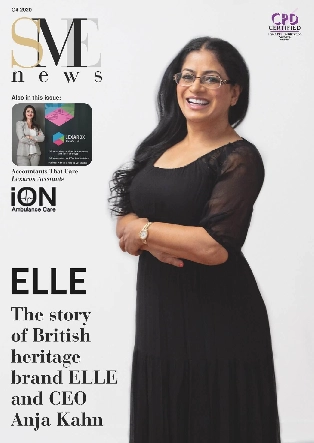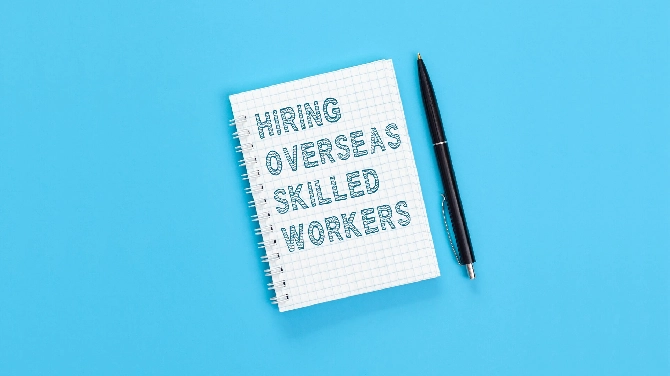By Rich Quelch, Global Head of Marketing, Lifestyle Packaging
Cost, aesthetics and functionality are usually the three factors companies base their design decisions on when it comes to product packaging.
However, as more and more organisations reflect on their practices and look to reduce their environmental impact, greater attention is being placed on the role packaging design can play in helping to cut carbon footprints and appeal to today’s eco-conscious consumer.
Taking a look at this issue in more detail, Rich Quelch, Global Head of Marketing at specialist packaging provider Lifestyle Packaging, explains the business benefits on offer to those investing in “green” packaging design and how to do it successfully.
Unpacking the sustainability landscape
In a recent global survey by Nielsen, 81 percent of consumers said they feel strongly that companies should help improve the environment, with Millennials, Gen Z and Gen X being the most supportive of this notion.
By 2020, Millennials will make up 30 percent of all retail purchases, so, introducing sustainable packaging features is no longer an option – it’s a necessity. It’s also increasingly likely that businesses not working to cut their carbon footprint may be penalised by the government as nations around the world struggle to meet sustainability pledges and mandatory targets.
Even if your product packaging is cost-effective, functional and loved by consumers, there will still be benefits of taking a step back and reviewing it from a sustainability perspective, weighing up the pros and cons of making any changes. Even if the cost of packaging production goes up, your business may make gains in the long run through better consumer engagement and repeat sales.
Green credentials
The term “eco-friendly packaging” refers to packaging that is easily recycled, is safe for consumers and has minimum impact on the environment, making use of renewable energy and organic raw or recycled materials where possible.
When it comes to the carbon footprint of a product’s packaging, it’s judged on the whole life cycle, from manufacture to the rubbish (or recycling) bin.
From a sustainability perspective, there are many factors which dictate whether packaging is designed well or badly. For example, this can be judged on its size compared to its contents, its shape and how efficiently it can be transported, the materials it’s made from, how well it protects and delivers the product to the consumer, and what happens once it’s discarded.
There are different categories of green packaging which all eventually return to the environment when disposed of, including paper, cardboard (as long as it isn’t laminated), plant starch material (PSM) and bioplastic which begins to decompose when exposed to sunlight.
Traditionally, packaging has comprised of mixed materials, each with their unique qualities. However, as the tide turns on plastic in particular, given its damaging effect on the environment when disposed, it’s important the components are able to be separated by consumers in order for them to be recycled.
An even better solution is switching to mono-material packaging, as laminated and composite packaging from multiple materials represents one of the biggest challenges for recycling. However, this can also mean adding weight and bulk to an item which can inconvenience the consumer, require greater energy and materials to produce and be heavier to transport, increasing the product’s carbon footprint.
So, be sure to analyse alternatives carefully and weigh up the benefits and shortfalls to ensure burdens aren’t shifted from one environmental impact to another.
No silver bullet
It’s a cliché term, but there really is no silver bullet when it comes to re-designing packaging; it is often a process of trial and error. Consulting senior team members can help you gain a more accurate picture of how packaging design impacts their department – be it sales, marketing, operations – and the impact of updating packaging to become eco-friendlier.
Speaking directly with customers via small focus groups can also help you gain an understanding of how your proposed changes to packaging design could impact their buying decisions and their experience using your product.
Once you’re set on what design you’d like to test out, 3D modelling can be an extremely valuable tool, as too can 3D printing. It’s also an eco-friendlier way of testing out the feasibility and practicality of new designs without wasting materials, allowing you to make design tweaks before finding out the hard way there’s a problem.
It’s also vitally important that changes to your packaging to make it more sustainable don’t have negative knock-on effects further down the line when it comes to your packaging standards. For example, if you introduce an eco-friendly raw material to your packaging but durability is compromised before it reaches the hands of the consumer, it is a wasted exercise (literally).
Shouting from the rooftops
Once you’ve done all the hard work and are all set on a new packaging design, how do you bring this to market and tell consumers?
It’s important that your investment pays off when launching your new product packaging, which means focusing on gaining maximum positive exposure.
Update the About Us or CSR page on your website to reflect the changes you’ve made. Engage with your current customers across your social media channels, announcing your news and explaining what it means for them and the environment.
To reach new customers who may not already be following your brand, consider spending some money on boosting social posts to your target demographic around the launch, increasing the visibility of your content to people who may not have engaged with your brand before.
You could also consider becoming a member of the Sustainable Packaging Coalition, a global and industry-led collaborative with a mission to catalyse actionable improvements to packaging systems. This is a clear signal to your customer base that you’re serious and proud of your sustainability efforts.
There’s a host of things you can do to boost engagement with your brand by sharing the good news, just don’t sit back and do nothing!







